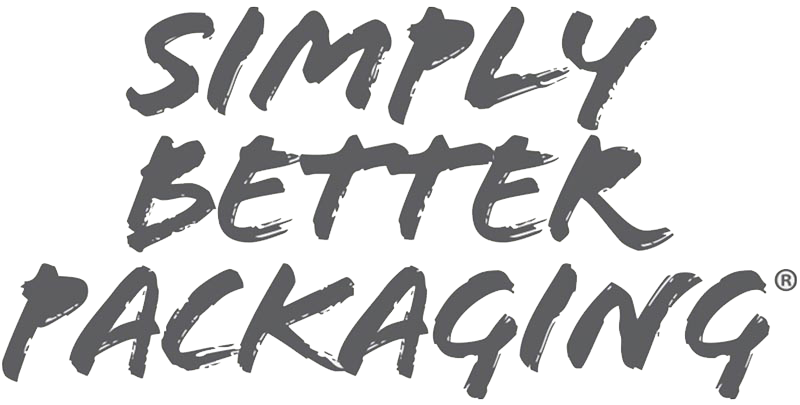FAQs
You have questions and we have the answers. If you do not see what you are looking for, we would love to hear from you.
Thermoforming is the process of heating a plastic sheet or material and shaping it in a mold. Placon is a designer and thin-gauge thermoformer of clamshells, blisters and trays for the food, medical and retail markets.
Where are Placon products produced?
Since 1966, our headquarters has been in Madison, Wisconsin. We have facilities in Elkhart, IN, Plymouth, MN and West Springfield, MA. All Placon product are made in the USA.
Is your off-the-shelf food packaging BPA-free?
Yes, all of Placon’s food packaging containers are Bishenol A (BPA) free.
Are all of your stock food product lids recyclable?
Yes, all of Placon’s food container lids are recyclable. Currently not every lid carries the unique resin ID code (recycling symbol) which we understand can raise questions on its recyclability. We are working on adding the code to all of our lids.
What is the difference between a clamshell and a blister?
A thermoformed plastic clamshell has a lid and a base connected by a hinge. Clamshells are usually sealed with a wraparound label or may be sealed using ultrasonic welding. Thermoformed plastic blisters do not have a plastic base and lid instead they typically have a paperboard backing or a lidding seal of aluminum foil, for example.
RPET is an abbreviation for Recycled Polyethylene Terephthalate. RPET material can be produced from post-consumer, otherwise known as curbside collected, PET bottles and thermoforms or post-industrial recycled PET material. Our EcoStar post-consumer recycled material is produced from curbside collected PET bottles and thermoform containers, purchased from Material Recovery Facilities (MRFs) and then washed and ground into flake. The flake is then extruded into rollstock material and used in our own lines of stock retail clamshells and food containers giving plastics a second life.
How is RPET different from APET?
EcoStar post-consumer PET is a sustainable option over APET, or virgin material, and meets the California RPPC minimum post consumer content requirement of 25% for retail PET packaging. Aesthetically and because of the post consumer recycled material content, may have more visual defects such as pits and gels; however, most are not noticeable at the consumer level or at all.
Is RPET safe to use in food packaging?
All of Placon’s PET packaging is manufactured from our own line of EcoStar post-consumer recycled PET, FDA LNO food-grade safe material. Our EcoStar material is produced from post-consumer recycled PET bottles and thermoforms which are sorted, washed and ground into flake. The flake goes through additional cleaning processes before it is put into a vacuum that removes any volatiles. Through heat, temperature and time, our materials meets the requirements to be safe for direct food contact.
Are all of your PET products made with EcoStar recycled PET?
Yes, all of Placon’s stock PET products are made with our EcoStar post-consumer recycled PET, which is made at our Madison, Wisconsin facility and food-safe.




